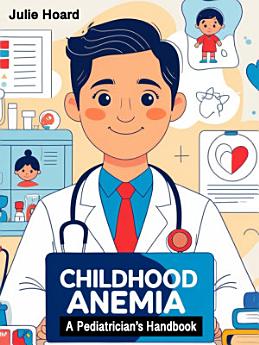Childhood Anemia: A Pediatrician's Handbook
About this ebook
Pediatric hematology differs from adult hematology in several important ways. Hemoglobin levels naturally vary with age, and infants undergo physiological changes such as the transition from fetal to adult hemoglobin and fluctuations in erythropoietin production. These factors must be considered when evaluating a child for anemia. Additionally, nutritional demands during periods of rapid growth make children particularly vulnerable to deficiencies, especially iron, which is the most common cause of anemia worldwide.
Globally, childhood anemia remains a major public health issue, particularly in low- and middle-income countries. According to the World Health Organization, nearly half of children under the age of five are anemic, with iron deficiency being the leading contributor. However, regional variations also highlight the influence of infections, genetic disorders, and socioeconomic status on prevalence rates. In high-income countries, while the overall incidence is lower, certain populations—such as preterm infants, children with chronic illnesses, and those from disadvantaged backgrounds—remain at increased risk.








